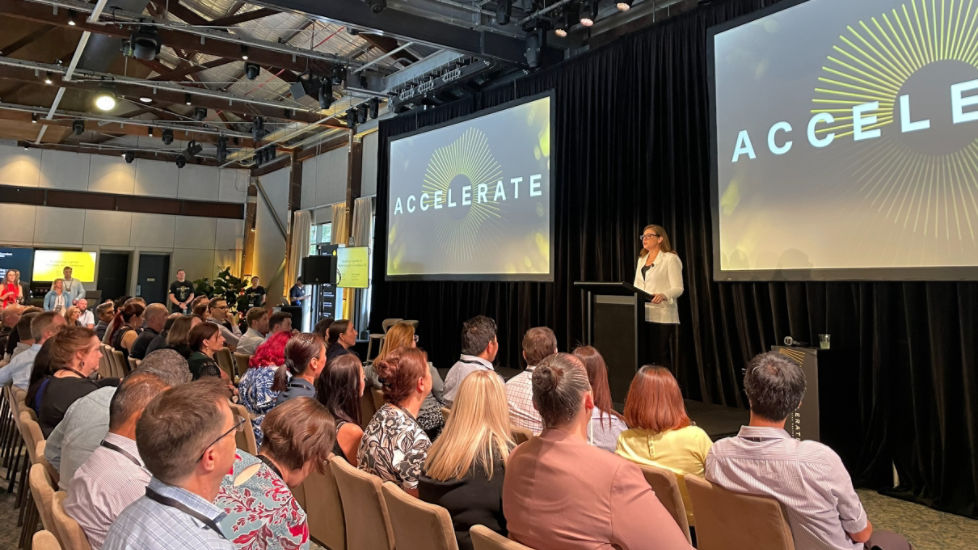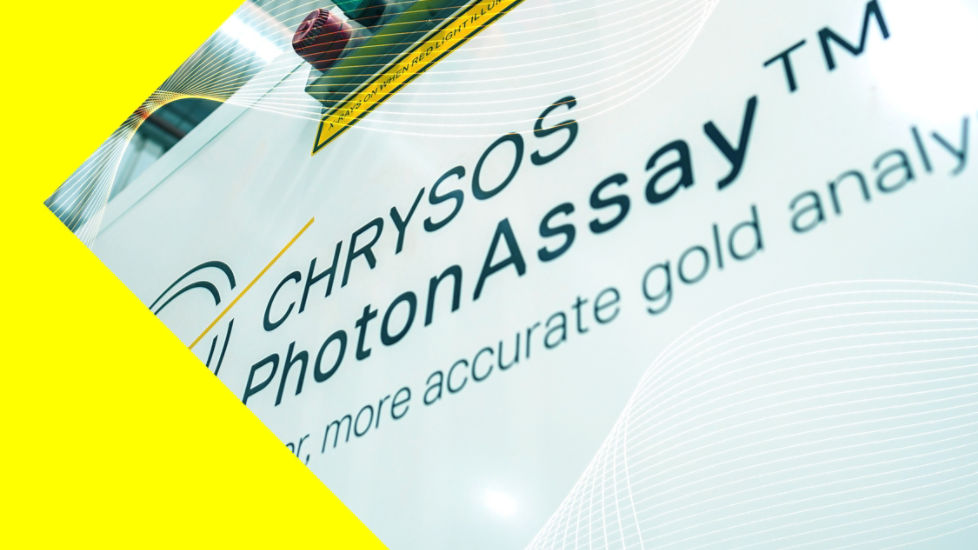As the global pandemic forces businesses of all sizes to re-imagine their future, what had once been viewed as difficult transformative change is now seen as possible, and in some instances, necessary.
Introducing or expanding automation in a business has traditionally caused anxiety for staff in that their role can be performed by a robot, rendering them redundant.
The goal of this article is to demystify Robotic Process Automation (RPA) and explain that rather than replacing humans, it can free them up to perform more complex tasks while it works with existing IT systems to more quickly perform routine task and ultimately boost business performance and customer experience. Many businesses find RPA to be a relatively affordable and an easy to implement option.
So let’s define RPA. The robot, or bot, is the application installed locally or in the cloud that is trained to emulate your people’s interactions with digital systems.
The bot performs the function. It is given permissions and access to each digital system and is then given the process to execute. This allows bots to be re-purposed to support peaks in capacity in mapped processes and allow the business to respond quickly to change.
Automation is the action of the bot repeating the assigned actions much faster than a human, particularly when multiple systems or applications are accessed. And unlike a human, the process can run 24 hours a day, it doesn’t make mistakes and doesn’t need a break. The bot’s speed, and therefore effectiveness, is limited by the response times of each of the systems with which it interacts and the bot may need to be trained to wait.
As a business grows or acquires other businesses, legacy systems and data silos are often retained and added to existing operations. As a result, they might not operate consistently or could be amended without consideration for established bots.
While automation is a key goal of RPA, that doesn’t permit a set-and-forget process. As systems and policies change, each bot must be maintained.
Low-cost digitisation
In a perfect world, all of a business’ systems and data would be seamlessly integrated and available on demand in real-time. But that requires time and investment.
RPA is not a replacement for an integrated platform or Enterprise Resource Planning (ERP) application, but is a cost-effective alternative. RPA does not have the huge costs, risks or change management program associated with upgrading, integrating or replacing large core systems.
Importantly, it doesn’t require expensive hardware and is quick to implement, therefore delivering benefits sooner.
Businesses grappling with the impact of the coronavirus pandemic do not have the budget for large complex IT projects and their staff are under pressure to increase productivity and improve customer experience. RPA could be an effective solution for those businesses.
RPA does not disrupt the existing IT infrastructure but instead works with existing systems. Each bot must be given the required permissions to access and perform the tasks it is assigned. For audit purposes this should require a unique user ID and password for each bot.
What does RPA do?
Tasks that require your team to frequently access and switch between applications, copy data from documents, spreadsheets or online forms and then paste that data into other folders and spreadsheets can be performed by RPA – freeing up staff to perform more value-added roles.
And a bot will perform those actions consistently, without errors – which is critical in a time of increasing regulation and compliance – all the while improving the speed and quality of responses to your customers or internal stakeholders. If you have ever created a macro in a spreadsheet then you‘ve already created a bot and automated a process. Imagine a spreadsheet which contains a separate tab representing each software system or data source used in a business process. Now record a macro which opens and extracts data from each tab, before presenting the response – that’s essentially what a bot does.
Rather than tabs in a spreadsheet, RPA uses the existing front-end or User Interfaces (UI) of systems that your people interact with – not the back-end software (this is where Application Programming Interfaces, or APIs, have a role).
Bots are trained to interact with the many types of UIs your people use every day, such as an email inbox, the website accepting customer orders or support enquiries, inventory or customer relationship management systems and excel spreadsheets stored in the cloud or on local servers.
Start with success in mind
A key lesson for any change journey is to target early success. For RPA that means choosing the right high-volume process to automate and avoiding those in which variations or cognitive decisions are required. RPA works best when the people with deep knowledge of performing the process lead the effort to map the actions to be automated and confirm there are no or limited variations.
Experience shows us that IT support is not always available for implementation – a fact RPA companies recognise and as such have created “low code” implementation that requires little IT support. They offer easy-to-use interfaces, drag and drop controls, templates, free trials and extensive online learning support.
This ease of use coupled with no- or low-cost entry allows a business unit to test and learn how RPA can quickly be deployed and deliver benefits. It also provides an opportunity for non-IT staff to develop RPA skills and minimise reliance on often scarce internal IT resources or external suppliers.
In June, Microsoft made available “Microsoft RPA (UI flows) in a Day” – a beginner-level program to develop RPA in one day using its UI flow in Power Automate.






